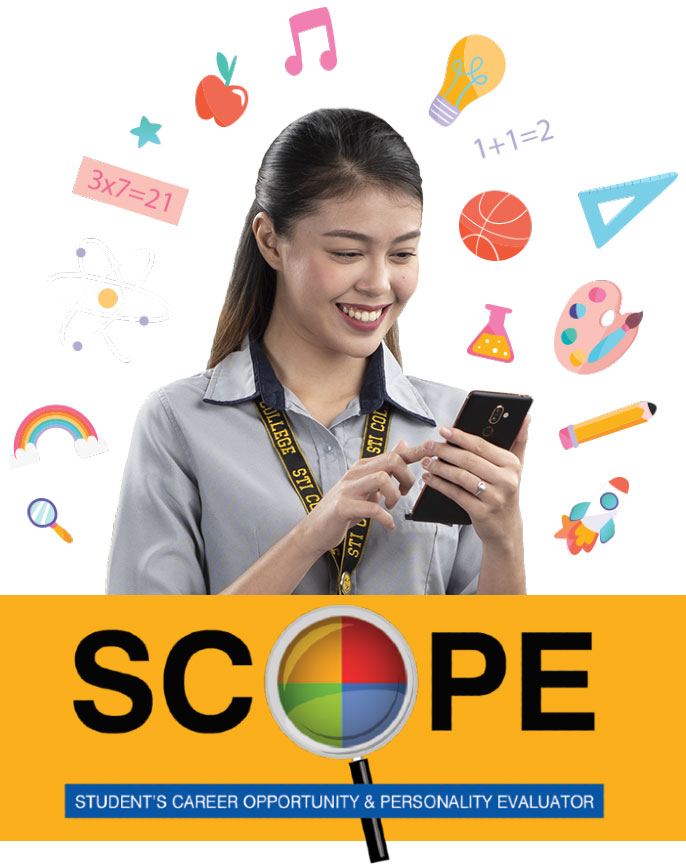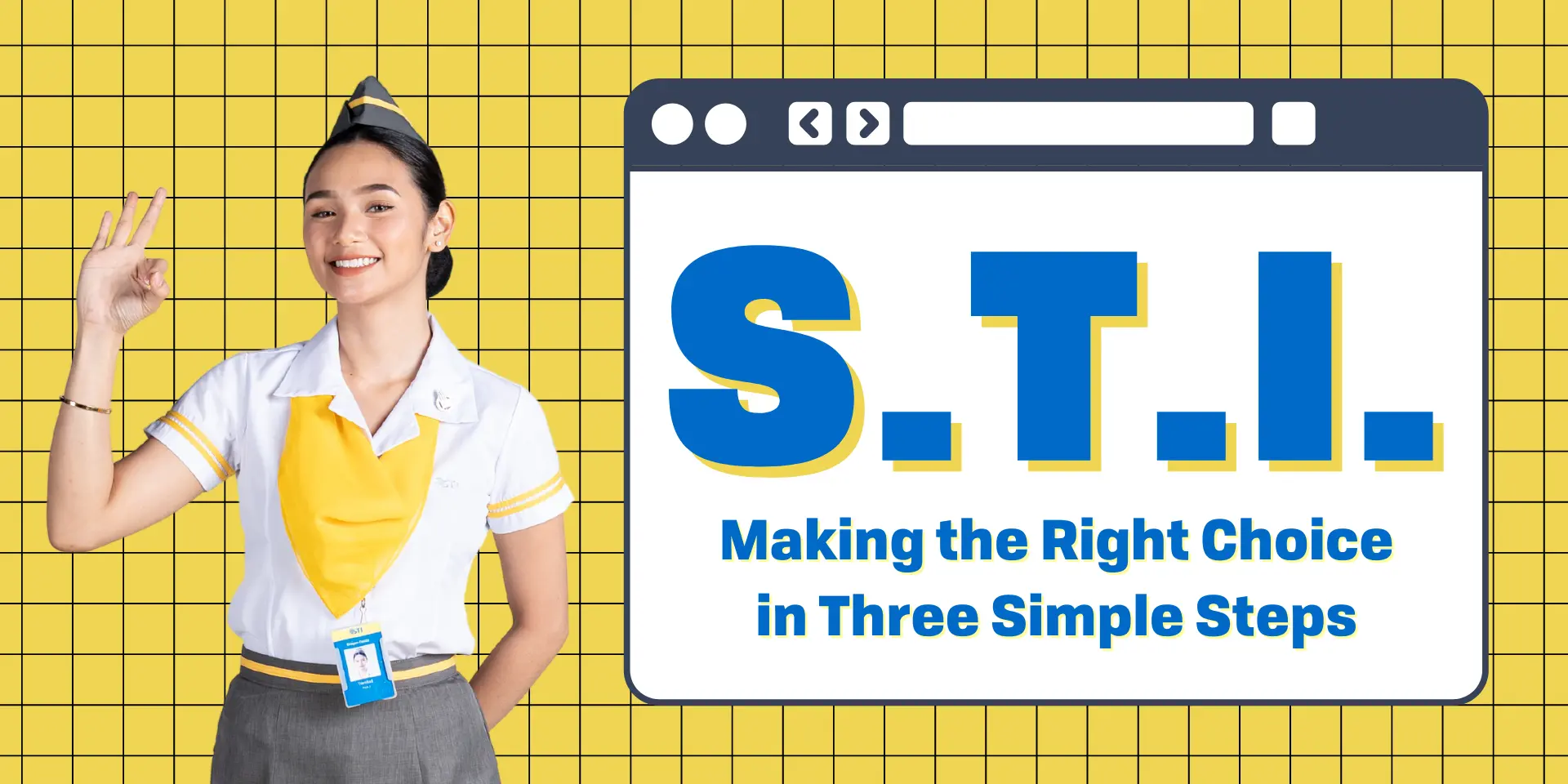

5 Steps to Finding the Best Course For You
Choosing a career path, for many students and even for some professionals, can be a daunting and confusing task.
We all want to have a profession that fits our skills and personal values, provides our financial needs, and ultimately makes us happy. But with a multitude of available career options to choose from, the process of getting the right answer isn’t as easy as it seems.
But with modern technology, you now have an array of available resources at your fingertips that can help you discover the right path for you in senior high school or college.
Here is a 5-step guide to help you in finding the best professional career choice.
1. List down careers that interest you
No one knows you better than yourself, so start by making a list of career choices that interest you.
Where do you see yourself in the next five years? Will you be an app developer or computer engineer? A chef? A flight attendant? Or do you feel that writing is something you want to pursue?

Start your interests. If you are into gaming, you might want to learn game development in the field of IT. If you like editing videos and photos, then you can check out multimedia design in the Arts and Communication field.
As long as it’s something that piques your interest, write it down! The sky is your limit, and if you’re having a hard time figuring other options, go to LinkedIn or other job listing sites and read job descriptions. If anything catches your eye or seems like it will be fun to do, add that to your list of potential ideas.
Take note, though, we’ll be editing and narrowing this list as we go on.
2. Determine your skills and what you can learn
Different careers require different skill sets. For example, a career on information and communications technology would need you to be an analytical thinker, while a career as a photographer would need you to have an eye for composition and the technical skills in using a camera.
Now, think about the skills you already have or ones you would like to develop. Take some time to figure out what you are good at.
Let’s say, you are really good at writing, or you have an affinity for coding or programming, or you want to gain more experience in your communication skills. Then, search for jobs that involve those skills. Put these options on your list of potential careers as well.
3. Research and read up on these careers online
Now, this is where we start narrowing down our list.
Search online and research on all the career options you have listed down. Check for job descriptions and learning opportunities.

The internet is your best friend when it comes to research. Look for industries on the rise and the in-demand jobs of the future
Now that you have more information, begin eliminating the careers you don't want to pursue any further. Cross out the ones that don’t interest you or cross-reference your list of skills to check off the ones that don’t fit your talents.
Remove everything with tasks that don't appeal to you. Eliminate careers that have weak job outlooks. Don’t include an occupation that you are unable or unwilling to fulfill the educational or other requirements. By this time, you should have narrowed it to your top 10 career options or less.
4. Talk to professionals and your guidance counselor
If you are in junior high school, senior high school (SHS), or even in college, you most likely have access to a career counselor or a guidance counselor in your school. These people can give you professional advice or even introduce you to career options you might not have known about.
 Get advice from your guidance counsellors or professionals.
Get advice from your guidance counsellors or professionals.
Your guidance counselor or even a teacher can help you learn more about your possible career options, assist you in finding internships, or even help align you with classes or the best degree option if you are still applying to SHS or college.
It helps when you can get advice from a professional, but when you don’t have the time to sit down and discuss, the internet also offers different sites to help give insights or career advice.
5. Take personality and career assessments
If you’re still unsure after taking all these steps, then maybe a test that can assess your personality, skills, and link them to a possible career option can help!
Career assessment tests are designed to help individuals understand how a variety of personal attributes, such as your personality type, your strengths, and even weaknesses can impact your potential success and satisfaction to different career options and work environments.
And most of these tests are free, quick, and can be found online.

Take the SCOPE for free. Go to scope.sti.edu or download the app.
One of these tests is STI’s SCOPE or the Student’s Career Opportunity and Personality Evaluator, a free online tool that determines your personality type and the career opportunities that fits your type best. The online SCOPE also comes with a career planning worksheet that you can use to outline your next steps in achieving your career goals, including what senior high school track or college course you should take.
Just visit scope.sti.edu to take the SCOPE for free! You can also download the free SCOPE Lite App on your Android phone or iOS devices for a special surprise.
Finding your dream career isn’t easy and can take some time, but it’s best to be sure you’re making the right choice that fits your own personal needs and goals. So, turn to your available resources and take all the guidance you can get in pursuing a career that makes you happy, aligns with your values, utilizes your talents, and more.
You have the power to get there, and now you have the tools to get started.
Related Articles










.jpeg)

